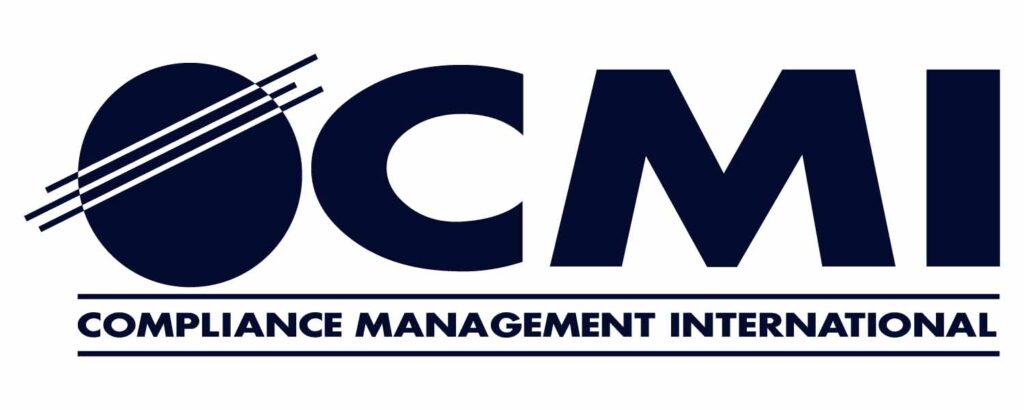The word complacency is often used to describe employees that are comfortable with risk and hazards because they’ve been doing the task or working at the company for some time. However, complacency is defined as self-satisfaction especially when accompanied by unawareness of actual dangers or deficiencies. Based on this definition, is your workforce complacent?
Workers become complacent when routine and repetition sets in, doing the same thing day in and day out with little external input and when there’s been no accidents or near misses. Instead of assuming complacency, there are ways to accurately determine where it lies in your workforce. Company leadership, front line supervision and safety committees can engage workers in discussions, trend incident cause(s), review procedures and equipment.
Spot the signs of complacency –
Spotting the signs of complacency is everyone’s responsibility. Complacency may be setting in when you start to see the following:
- Dissatisfaction with your work and/or lack of motivation
- Missing steps in work processes
- Frequent near-misses or incidents
- Changes in employee attitude
- Noticeable increase or decrease in communication
- Tardiness for meetings or shifts
When we identify complacency, how do we counteract it?
- Engage your workforce with ongoing hazard analysis of tasks and equipment
- Plan regular communication about hazards and risks of the workplace
- Get your employees involved in creating ownership in your safety program
- Include your employees in incident investigation, root cause analysis, near-miss investigations, worksite inspections and corrections, safety committee participation
- Invest in engineering and training
How can CMI help?
Assess the Workforce – CMI can assess the culture of your safety program to identify human factors that contribute to complacency. Assessments may also identify gaps in job hazard analysis, training, communication, corrective action planning and employee engagement.
Training & Communication – CMI develops and delivers training and communication materials to address common workplace “human factors” that contribute to complacency. Human factor training presents a longer-term solution by providing a workforce with the skills and knowledge to maintain focus and keep safety and risk in mind in any situation. Training programs can assist with combating complacency. Developing a strong new hire orientation program and ongoing training throughout the year will help ensure that the message is delivered to all employees on the hazards in their work area.
Job Hazard Analysis – CMI can take a deep look at job tasks and hazards to identify gaps where complacency and habits may be hiding risks and hazards. Through JSA activities, employees are able to see where the hazards lie and how they can protect themselves. Comprehensive JSAs will also identify trends in those gaps which will direct corrective actions and help set priorities.
Contact Mark Vaillancourt to learn more about how we can help you and your workforce remain safe on the job.



